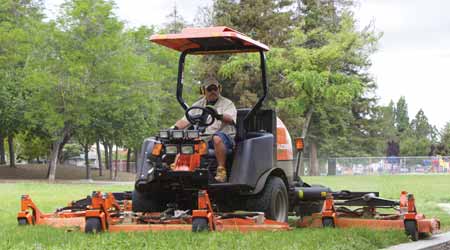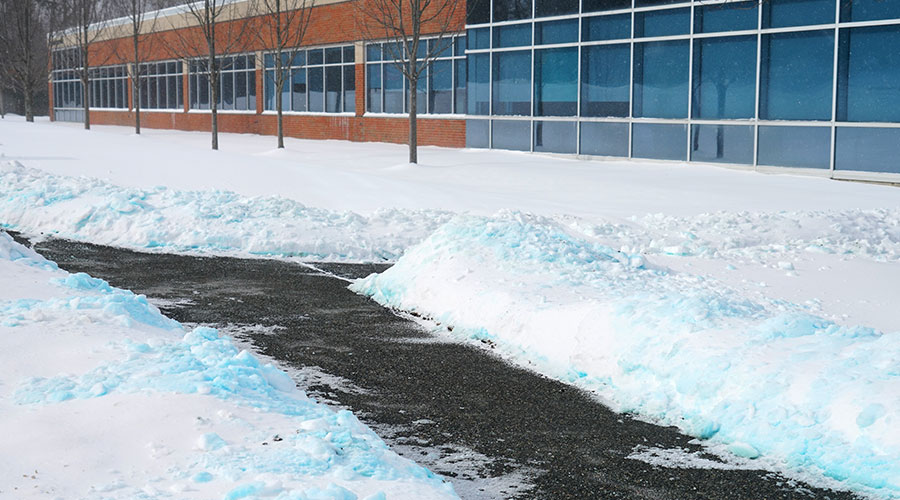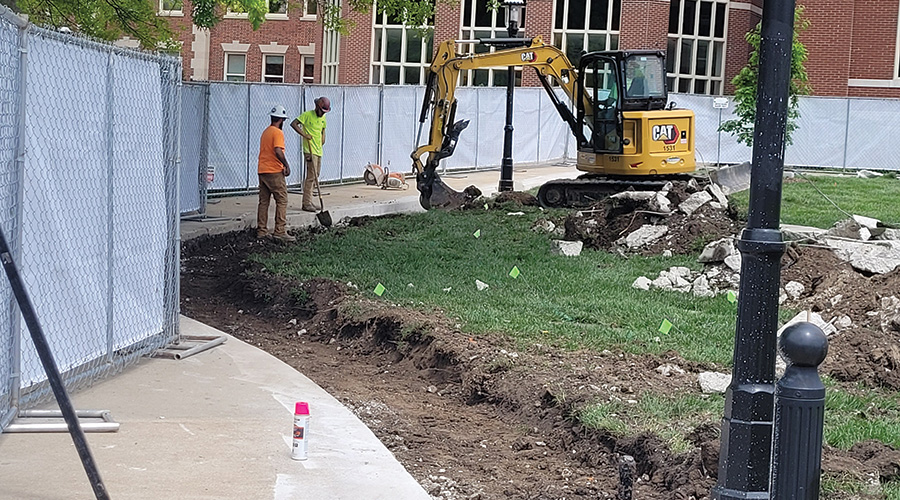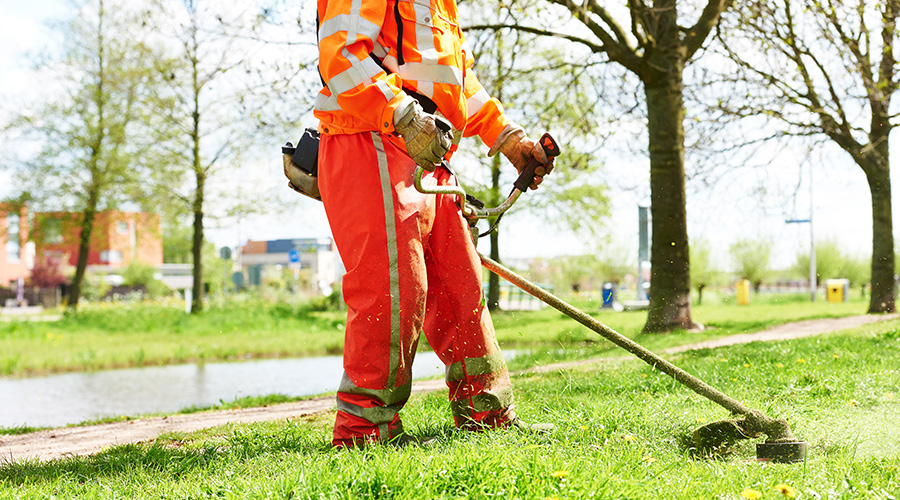 Mower manufacturers have listened to customer demands, and the result is a new generation of mowers that are more powerful, ergonomic, safe and environmentally friendly.
Mower manufacturers have listened to customer demands, and the result is a new generation of mowers that are more powerful, ergonomic, safe and environmentally friendly.Mowers: Understanding Options
Advances in features, functions and performance help managers match equipment options to turf needs
Armed with an understanding of department mowing needs, the next step for managers is to be sure they are well-versed in the different types of mowers and their features, functions and capabilities. Managers have more mowing options than ever.
Walk-behind mowers. These mowers have undergone a great deal of change. Ergonomic handles, electric starters, easily adjustable mowing heights, and smaller sizes to fit in tight spaces are just a few upgrades managers will notice if it has been a while since their last walk-behind purchase.
Stand-on mowers. Even though these mowers have only been on the market for a few decades, they have become popular among landscape professionals for a number of reasons.
They are kinder to the back than riding mowers, since they naturally force ergonomic body positioning. The result is less fatigue over the course of a long day. In addition to a lower capital cost, other advantages include:
• lower purchase price and operating costs
• better maneuverability in tight spaces and around obstacles
• a lighter footprint that will not tear up the turf
• smaller dimensions for hauling and storage
• increased speed and productivity because they are nimble and require less time for operators to get off and on the machine to clear debris from the mowing path.
Among the disadvantages, stand-on mowers have a slower ground speed than a riding mower, and their compact nature means less access for maintenance and service. In addition, the operator has to stand up the entire time, which might be a problem for some.
Riding mowers. Managers can select from among several different types of riders, with the most well-known being lawn tractors and zero-turn-radius riding mowers.
Lawn tractors feature a belly-mounted mower or towed-behind unit. These mowers might be viable options for large areas and infrequently mowed areas. They offer versatility if crews need to do a great deal of material handling, such as moving mulch, sod, rock salt, and similar materials. The disadvantages of lawn tractors include a wider turning radius and lower speeds than zero-turn units, and they require a substantial amount of storage space.
Zero-turn riding mowers have a higher top speed than lawn tractors, feature decks up to 60 inches, and are maneuverable, which can improve efficiency. Operators unfamiliar with these mowers need to prepare for a learning curve, since the mowers operate by a pair of levers, not a steering wheel.
Zero-turn mowers cut as well as any other type of mower, and they come with the same capabilities, although they are not as well suited for properties with slopes and hills as walk-behind mowers are. Operators also need to be aware that the zero-turn capability can damage turf on turns if they are not careful.
Robotic mowers. These mowers, guided by an electronic fence, have been picking up traction in specialized spaces such as courtyards and roof tops, while heavy-duty, remote-control mowers are proving indispensable for the more treacherous environments.
Related Topics:














